Faithful Learning: A Vision for Theologically Integrated Education
Shatzer, Jacob. Faithful Learning: A Vision for Theologically Integrated Education. Brentwood, TN: B&H Academic, 2023. Pp. 208. $24.99.
Jacob Shatzer has been a member of Union University’s faculty since 2017, teaching courses on Bible, theology, and ethics. He has also served in several administrative roles at Union, including associate dean of the School of Theology and Missions, assistant provost, and associate provost and dean of instruction. Most recently, he has been appointed to the role of provost (effective July 1, 2024). He brings together his knowledge of theology and experience in Christian higher education in Faithful Learning: A Vision for Theologically Integrated Education.
Faithful Learning is designed to introduce faculty to the basics of Christian theology so they can work toward integrating knowledge from their respective disciplines with biblical teaching. Shatzer’s intent is not to cover the doctrines in depth nor answer every question posed by his audience. Rather, he hopes that as the book lays a foundation of theological knowledge, readers will generate even more questions—because they are now thinking through the truths of the doctrines, how they relate to one another, and how they interact with other academic disciplines.
Faithful Learning is organized into twelve chapters, with each chapter concentrating on one of the topics typically covered in a systematic theology textbook. Shatzer’s presentation of the core aspects of the doctrine comprises the bulk of each chapter. This is followed by a selection written by a scholar from a different academic discipline. These contributors discuss how a particular doctrine informs their discipline and challenges assumptions present within it, while also identifying how their discipline can strengthen one’s understanding of the doctrine. Each chapter concludes with a list of related Scripture passages that serve as a foundation for constructing these doctrines and a short bibliography of books that examine the doctrine in greater detail.
Shatzer writes in clear and simple style that can be understood by any believer who has a basic familiarity with the Bible and theology. He generally avoids using technical theological terms, and he offers definitions for any that he chooses to include. This should aid the reader without frustrating those who possess a more developed theological vocabulary. He builds upon his experience of teaching theology to anticipate questions readers might have, enabling him to provide clear explanations and answers.
Shatzer emphasizes core teachings of the faith which are widely agreed upon by evangelicals, making the book useful to people from various denominational backgrounds. For example, in the chapter on salvation, a topic that can at times result in division, Shatzer presents the material in a way that minimizes conflict. He organizes the chapter into sections on subjective (election, calling, and regeneration), objective (justification and adoption), and progressive (sanctification, perseverance, and glorification) aspects of salvation. When discussing election, calling, and regeneration, he notes the points of similarity between Reformed and Arminian positions and presents both viewpoints in a positive light. Approaching the doctrine in this way allows the core teachings to be presented while still making it possible for people with nuanced understandings of salvation to work together on integration.
One of Faithful Learning’s greatest contributions is the section at the end of each chapter written by a faculty member from another discipline. The book includes contributions from the fields of English, history, art, exercise science, philosophy, law, psychology, social work, business, political science, and engineering. Although these sections are each only a few pages long, they provide examples of how to approach these biblical topics from the point of view of other fields and will hopefully stimulate faculty members to think through how to integrate the Bible with knowledge gained from their own disciplines.
It is a gross understatement to say it can be challenging to summarize the foundational teachings of the Christian faith in 200 pages or less. Inevitably there are going to be areas that cannot be explained as comprehensively as one might desire. As a result, faculty members who do not have a strong background in theology are going to have questions about the doctrines as they read the book. For example, in the chapter on God, one can expect readers to have follow-up questions on what philosophers and theologians mean when they refer to the Father, Son, and Holy Spirit as “persons.” The terminology of God being one in essence and three in persons is introduced in chapter two, but only “essence” is defined, not “person” (although it is defined four chapters later when explaining the person of Christ). Someone who is striving to understand the doctrine of the Trinity will need help learning this terminology and the finer points of the doctrine.
In conclusion, Faithful Learning accomplishes what Shatzer intended: it provides an outline of core evangelical beliefs so faculty at Christian universities can engage in discussions on integrating various academic disciplines with biblical-theological teaching. The book provides examples of integration, but the goal is for faculty to be stimulated to engage in integration themselves. In order to facilitate this, one could encourage faculty to meet together after reading portions of the book to discuss how to integrate the material from each chapter with their academic disciplines. The book could also be used as an introductory text for teaching theology to faculty, if that is what is needed. This could be accomplished through inviting one of the theology faculty to teach the deeper theological truths included in that doctrine prior to having them work together on integration. Although the book can be useful on its own, building in one of these additional elements will serve to increase its effectiveness in equipping faculty to do the work of theological integration.
christina gonet
Assistant Professor of Theology, Assistant Director of Applied Theology | California Baptist University

